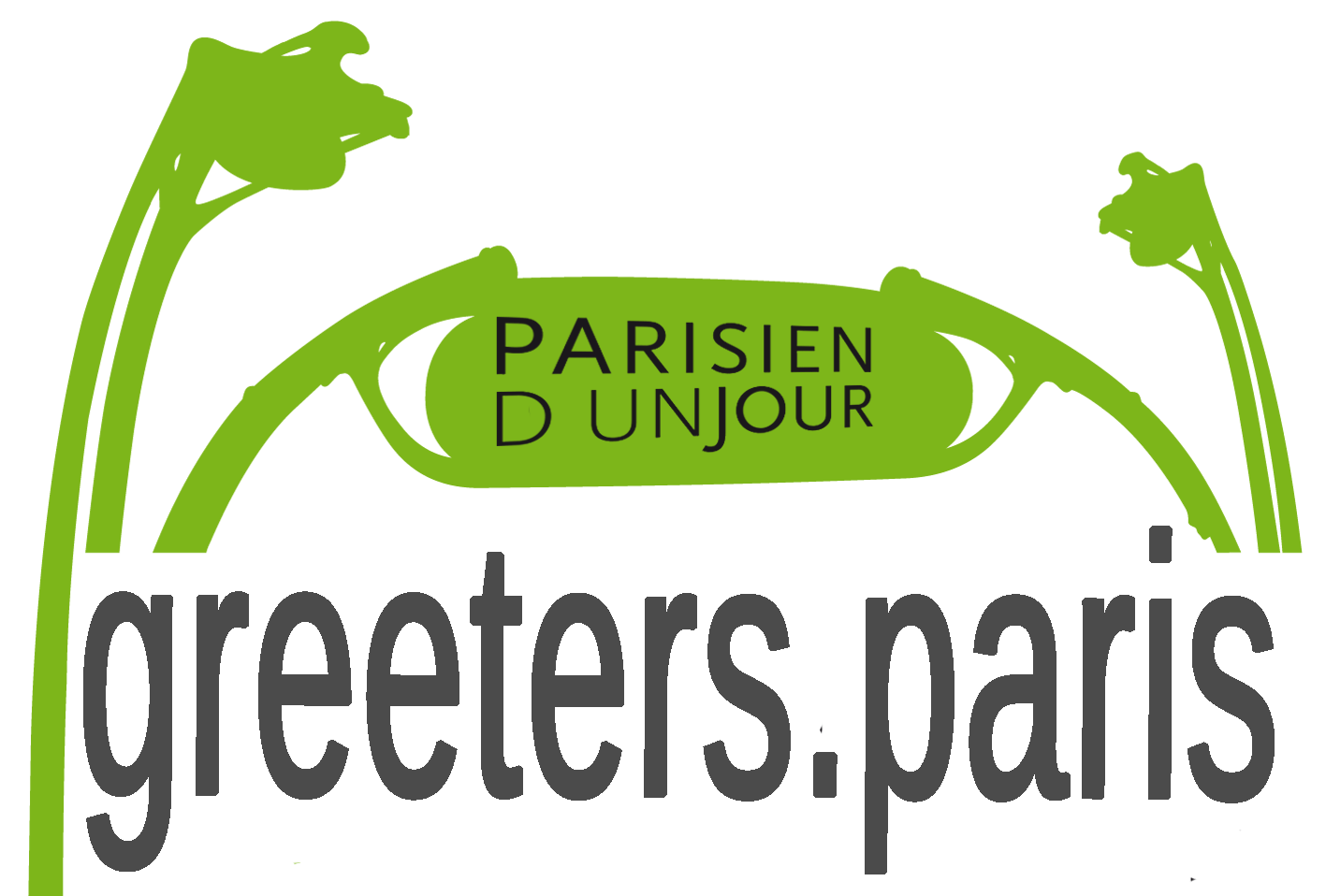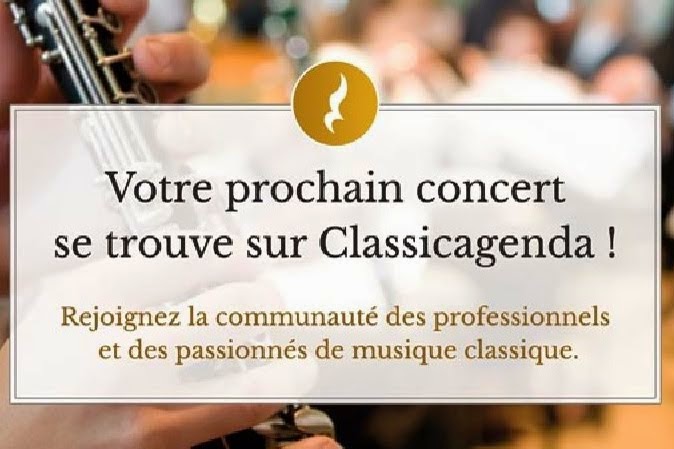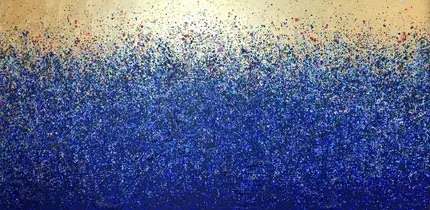This is my 93rd post this year, a bit less than last year, but… (You can “see” them all on the illustration above.) This will be the last one this year (the coming days will be too busy for blogging), a good reason to wish you all a Merry Christmas and a Happy New Year!
I had hoped for some nice snow photos when I was in Sweden a couple of days ago, but… So, instead I went out for some Paris pictures with hopefully some season feeling.
I headed for the traditional photo of the Galeries Lafayette Christmas tree. Seeing the crowd in front of and inside the department stores it’s difficult to imagine that we are experiencing a crisis. 

I ended up at the Louvre and went down under the Pyramid to listen to a free concert by the “Orchestre de Paris”, with the now 86 year old, still going very strong, Pierre Boulez as conductor. We were some 2500 people sitting on the floor listening to Arnold Schönberg and Bela Bartok. Ovations, bravos…!!
So, once more, enjoy Christmas and the couple of days until the end of 2011! See you in 2012!


































































